When the joints hurt, the person experiences an uncomfortable feeling and tries to get rid of the medication as soon as possible to eliminate it. However, pain can serve as a precursor to a serious illness, signaling its onset. It is recommended that you consult a doctor in good time to avoid any consequences that may lead to delay and only symptomatic treatment.
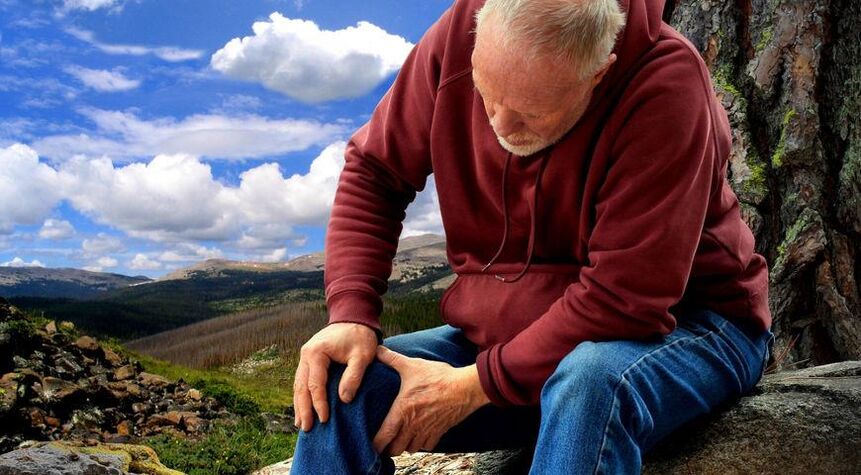
Causes and symptoms
All diseases of the musculoskeletal system are associated with different types of pain symptoms. Pain is a sign that a devastating pathological process is taking place in the body. Only a clinical examination can accurately determine the cause. You should go to the hospital if the joint pain is similar to back pain and the limbs are difficult to move. Medical attention is required for bumps, sprains, dislocations, fractures, and other injuries. If all joints hurt, polyarthritis is suspected. If the patient experiences one type of pain, another, the cause may be a complex disorder of the motor apparatus, including the ligaments and muscles, as well as disorders of the central nervous system. Inflammation of the joint nodes is caused by an infection (ARVI, influenza) entering the body, hypothermia. The most commonly diagnosed painful patients are:
- arthritis, arthrosis and coxarthrosis;
- rheumatic diseases;
- bursitis and tendinitis;
- osteomyelitis, osteoporosis;
- bone tuberculosis;
- damage to the vascular system and central nervous system;
- osteochondrosis;
- oncological diseases.
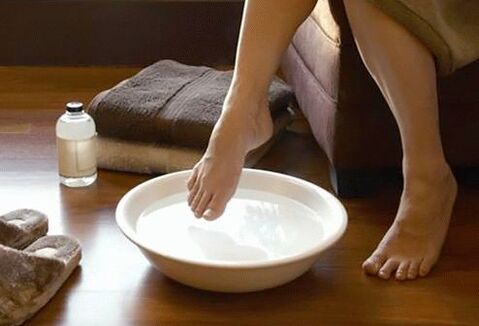
If your joints only hurt in the evening after a tiring day’s work, you can relieve the discomfort with medicated soothing ointments or folk remedies. Fatigue is not a disease. Factors of stress and nervous strain should also be ruled out. When you decide to go to the hospital, you should pay attention to the symptoms associated with pain, such as:
- tissue swelling;
- skin discoloration;
- stiffness of movements;
- temperature rise to subfebrile and higher levels;
- painful feelings in the bones before sudden weather changes;
- crackling while moving.
Types of pain
The patient often feels pain in the joints themselves, although the discomfort may be an echo of other illnesses. Conversely, joint back pain can be misinterpreted as symptoms of other diseases. The onset of pain in the hip joint often occurs in the abdomen and is seen in women as a sign of approaching menstruation. Cardiac colic on the left side of the chest can cause painful numbness in the arm from shoulder to elbow. Phantom pain after radiating the wisdom tooth can radiate to the neck region and shoulder girdle. However, there is a category of joint pain only, which is divided into the following types:
- joint stiffness morning and evening;
- sharp, radiant or painful pain;
- migratory pains in the body;
- feeling as if the joint is "sore";
- short-term pain.
What is dangerous?
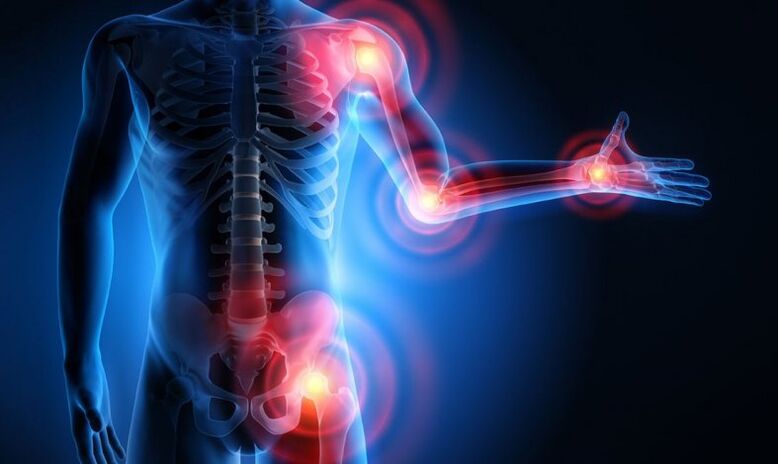
Acute pain in all large joint nodules is a sure sign of a serious inflammatory, infectious, and degenerative process that can lead to limited motor function and disability. If terrible, horrible pain in the joints radiates to the leg or arm, it could mean complete destruction of the node and the need for prosthetic surgery. Ignoring mild pain leads to exacerbation of deleterious processes and complications leading to oncology. Inflammation moves from one node to another and affects all large joints. Only timely medical help will help prevent dystrophic and inflammatory processes that destroy joints and the spine, thereby preventing a dangerous disease.
First aid
If joints hurt and gait hurts, immediate action should be taken to eliminate discomfort. Until the cause is clarified, it should be limited to symptomatic therapy aimed at eliminating or alleviating the syndrome. Above all, the patient's limb should be rested and, if possible, part of the load should be removed with a supportive bandage. In case of muscle cramps and cramps, muscle relaxants are taken, and joint pain is relieved by painkillers. Blockages help to quickly relieve pain in the knees and joints of the legs.

Test and diagnostic methods
Joint diseases as well as other pain-causing diseases can be identified by a comprehensive examination consisting of an external therapeutic examination, laboratory tests, and hardware diagnostics. First of all, the doctor examines the patient area for manifestations of the inflammatory and infectious process in the joints and adjacent tissues: whether there is swelling, rash on the body, pain in touch, itching, and color of the skin. The following instrumental methods:
- radiography;
- MRI;
- ultrasound;
- arthroscopy.
If an inflammatory or infectious process is suspected, clinical trials are required to determine the pathogen. A joint fluid sample is also taken to confirm degenerative processes in the articular sac. It is sometimes advisable to perform additional allergic and autoimmune tests to identify individual reactions and predisposition to hereditary diseases.

What to do and how to deal with it?
Pain in many joints in the body is a marker that indicates the presence of an injury (perhaps chronic or hidden) or a disease that has entered a progressive stage. First, you need to understand what is hurting and remove the symptom in each situation. If you feel an increase in pain, you should contact the clinic immediately, where the patient will go for an examination and then receive recommendations for treatment.
Therapy is always based on medication at the same time as physiotherapy. Other methods are acceptable and are not a substitute for pharmaceutical and hardware treatment.
Medicinal preparations
Diseased joints are most commonly treated with conservative drug therapy, including NSAIDs, painkillers, medications, chondroprotectors, and, less commonly, antibiotics and circulatory enhancers. Each case requires separate therapy. Patients are prescribed tablets, injections and drips.
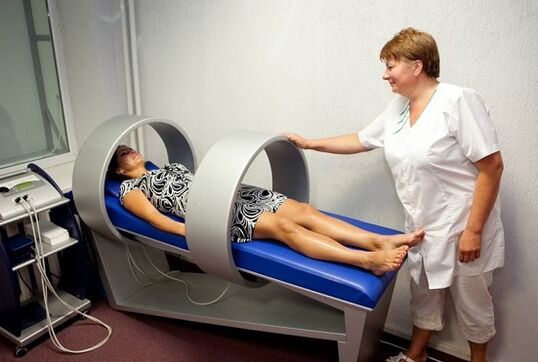
Physiotherapy treatment
Joint pain is effectively neutralized by hardware methods. The most popular are electrical and magnetic processes. The standard course consists of 10 sessions. Treatment is required at the clinic. In addition to hardware treatment, sludge and balneology are attributed especially to the radon bath, ozocerite paraffin, and healing mineral sludge. The therapy requires sanatorium treatment once a year.
Surgical methods
If a joint cannot be cured, it should be replaced with a prosthesis. To eliminate severe pain in the joints of the legs, doctors must first remove the severely destroyed articular cartilage and then insert an artificial one. The prosthesis can be partial or complete, depending on the degree of wear on the bone heads and cartilage, the presence of osteophytes.
Practice and massage
Therapeutic practice helps to strengthen the muscular corset. Pilates and yoga make the body more flexible, the joints are given increased mobility, which helps prevent the formation of osteophytes and fluid retention, salt and calcium deposits.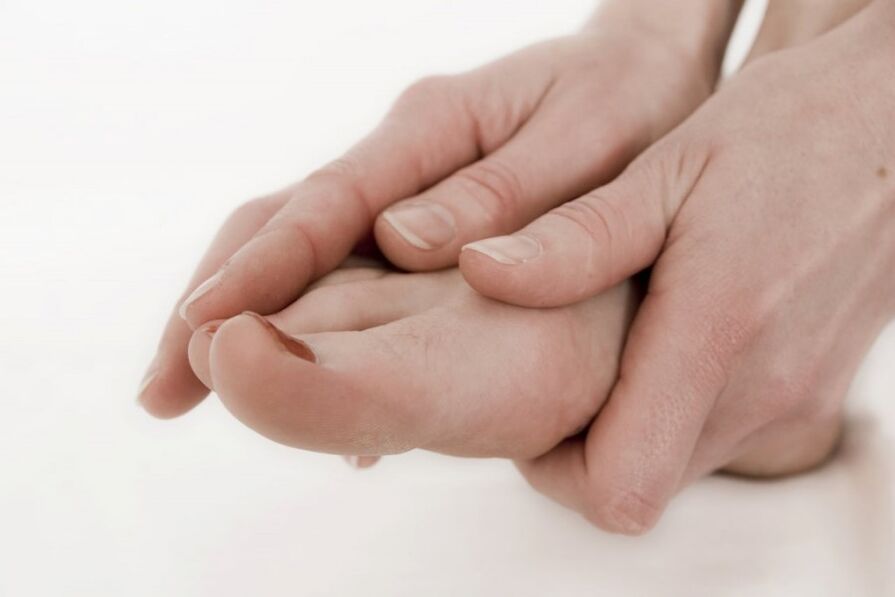 Exercises that increase strength, resistance, and flexibility are performed alternately, without sudden movements. The optimal course is chosen by the coach. At home, it is recommended to perform complex tilting and twisting complexes in the morning and evening to stretch the joints and muscles, especially when sitting for long periods.
Exercises that increase strength, resistance, and flexibility are performed alternately, without sudden movements. The optimal course is chosen by the coach. At home, it is recommended to perform complex tilting and twisting complexes in the morning and evening to stretch the joints and muscles, especially when sitting for long periods.
If the foot becomes seriously ill after a long walk, a combination of massage and hot herbal baths will relieve the discomfort. Massage and acupuncture are allowed at home without a visit to the clinic, but provided the procedures are performed by an experienced doctor, otherwise aesthetic marks may remain on the skin.
Folk recipes
On the one hand, the effectiveness of non-traditional methods has not been clinically proven, and on the other hand, many patients successfully alleviate pain using their own natural home remedies. If the joints hurt, smear them with honey cream with the addition of hot peppers and bee venom. Swelling in joint diseases is removed by alcohol rubbing and compression based on the inflorescence of dandelion and horse chestnut. Cold pressed olive oil has an analgesic effect. When practicing traditional medicine, keep in mind that many ingredients can cause allergies and skin damage. Treatment by folk methods is acceptable as a symptomatic therapy, but not as a major course of therapy.
Preventive measures
In the spring and winter, a lack of vitamins leads to a weakening of the nutrient supply to the joints, making them vulnerable to inflammatory processes. It is necessary to take vitamin complexes regularly. You can take chondroprotective supplements to prevent joints. It is recommended to visit a massage room once a month to maintain muscle tone in a mini session of 5 treatments. After injury, it is mandatory to wear the bandage and use the stick. If the pain starts to return after treatment, it is better to see a doctor without delay.























